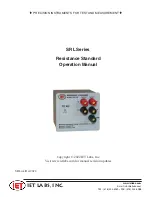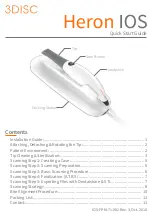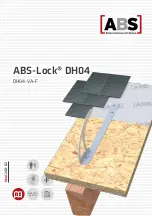Summary of Contents for 1S1
Page 1: ...MANUFACTURERS OF CATHODE RAY OSCILLOSCOPES INSTRUCTION MANUAL TYPE 1S1 SAMPLING UNIT ...
Page 3: ...Type 1S1 ...
Page 4: ...Type 1S1 ...
Page 5: ...Type 1S1 Type 1S1 Sampling Unit ...
Page 9: ...NOTES ...
Page 11: ...Operating Instructions Type 1S1 2 2 Fig 2 1 Front panel controls and connectors ...
Page 61: ...Maintenance Type 1S1 4 9 Fig 4 4B Wiring color code on VERTICAL etched wiring board ...
Page 63: ...Maintenance Type 1S1 4 11 Fig 4 5B Wiring color code on HORIZONTAL etched wiring board ...
Page 65: ...Calibration Type 1S1 5 2 Fig 5 1 Recommended calibration equipment ...
Page 72: ...Calibration Type 1S1 5 9 NOTES ...
Page 88: ...Calibration Type 1S1 5 25 NOTES ...
Page 106: ...Calibration Type 1S1 5 43 NOTES ...
Page 110: ...Calibration Type 1S1 5 47 NOTES ...
Page 125: ...Parts List Type 1S1 6 2 EXPLODED VIEW ...
Page 147: ......
Page 149: ......
Page 151: ......
Page 152: ......
Page 153: ......
Page 154: ......
Page 155: ......
Page 156: ......
Page 157: ......
Page 159: ...SCHEMATIC CORRECTION ...



































